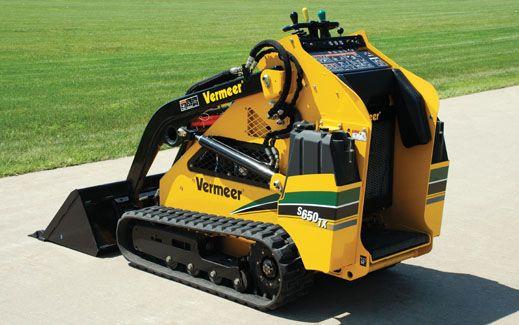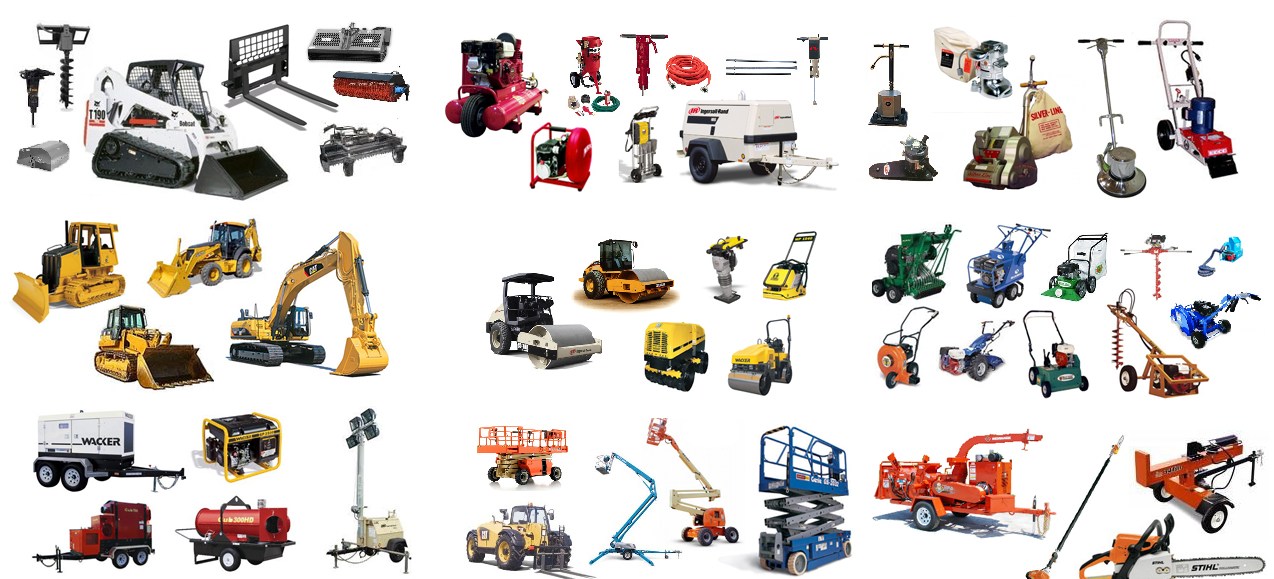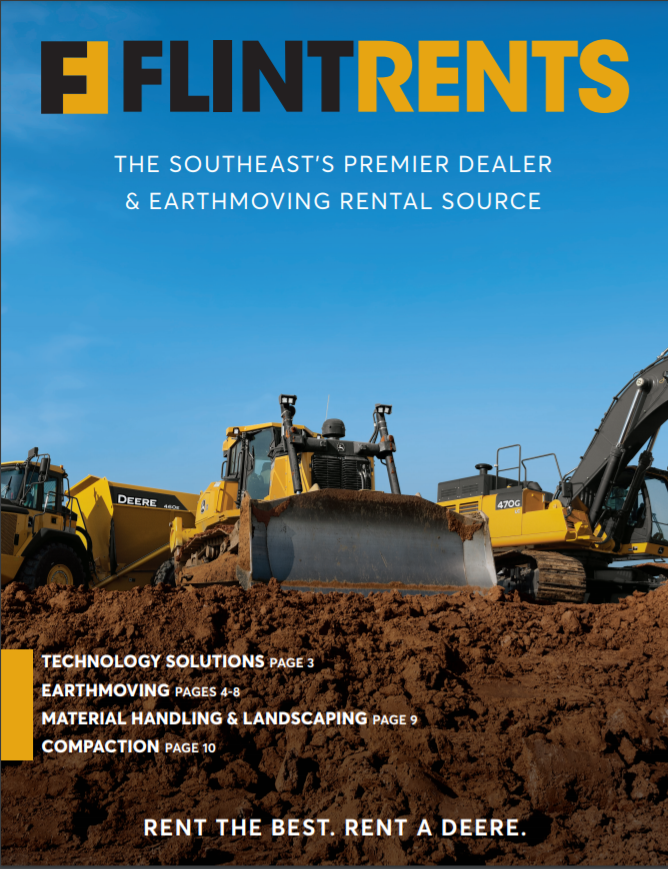Equipment Rental Company: Your Resource for All Sorts Of Equipment
Equipment Rental Company: Your Resource for All Sorts Of Equipment
Blog Article
Maximize Your Budget by Understanding the Costs Connected With Building Tools Leasings
Understanding the complete extent of expenses associated with building and construction equipment rentals is critical for maximizing your budget. What methods can be used to effectively manage these expenses and guarantee a much more reliable rental experience?
Introduction of Rental Costs
When taking into consideration construction tools leasings, recognizing the associated prices is paramount for reliable budgeting and project preparation. Rental prices can vary significantly based on numerous elements, consisting of tools type, period of rental, and place. The first rental fee typically mirrors the equipment's market demand and its linked operational abilities, affecting the total expense.
Along with the base rental price, ancillary costs might emerge, such as transportation fees, gas additional charges, and upkeep charges. It is necessary to account for these extra expenditures to accurately examine the complete cost of leasing tools. Furthermore, the rental period can affect prices; longer services might get approved for reduced prices, while short-term rentals might incur higher everyday charges.

Failure of Rental Prices
An extensive understanding of rental rates is important for contractors and task supervisors aiming to optimize their spending plans. Rental prices for building equipment typically contain a number of components, consisting of base prices, time-based charges, and use charges.
Base rates are the core costs connected with the rental of the tools, commonly identified by the type and dimension of the machinery. These prices can vary significantly, affected by elements such as tools demand, availability, and local market trends. Time-based costs, which may be daily, weekly, or monthly, offer to fit various job timelines and rental periods.
Furthermore, rental prices may consist of use charges, which are relevant when devices is utilized beyond a specified threshold, making certain that the rental firm can represent damage. Seasonal need variations can also impact rental prices, with peak building seasons usually commanding higher costs.
Moreover, comprehending the rental firm's policies regarding maintenance and insurance policy can give more understanding into the total expense framework. By evaluating these components, service providers can make educated choices, making certain the choice of rental tools aligns with both job needs and budget restrictions.
Extra Costs to Take Into Consideration
Recognizing the details of additional costs is crucial for professionals to manage their overall rental expenses effectively. Past the standard rental prices, numerous supplementary costs can significantly influence the used motor graders for sale near me complete expense of devices leasing. These charges commonly consist of shipment and pickup charges, which can differ based upon distance and logistics associated with transferring the equipment to and from the work website.
Furthermore, some rental companies may impose fuel additional charges if the devices is returned with less fuel than when rented. It is also necessary to recognize possible cleansing fees, particularly for heavy equipment supplier customized devices that requires thorough upkeep after use.

Extensively examining the rental agreement and making clear these additional costs upfront can aid professionals ensure and stay clear of unexpected expenses that budgets stay undamaged throughout the project lifecycle.
Upkeep and Repair Costs
Regular maintenance and fixing expenses are commonly overlooked aspects that can significantly influence the total cost of building tools rentals. When leasing tools, it is crucial to think about not just the rental costs but likewise the possible prices related to keeping the equipment in optimum operating problem.
Many rental business consist of standard upkeep as component of the rental agreement; nevertheless, a lot more considerable repairs or unexpected break downs can bring about extra costs. It's necessary to examine the rental agreement thoroughly to comprehend what upkeep solutions are covered and what obligations drop on the renter.
Additionally, tools that is not well-maintained can lead to inefficiencies on duty site, potentially increasing and causing hold-ups task prices. To alleviate these dangers, it is a good idea to carry out regular evaluations and maintain open interaction with the rental copyright pertaining to any kind of problems that occur during usage.
Insurance and Obligation Costs
Insurance and responsibility prices are important elements that can considerably influence the total cost of construction tools leasings (scissor lift rental). These costs make certain that both the rental business and the client are shielded from prospective economic losses developing from accidents, damages, or theft throughout the rental period

Additionally, customers need to recognize any deductibles or exemptions in the insurance policy, as these can affect possible out-of-pocket expenses. Comprehending the conditions of any insurance policy protection is vital to prevent unanticipated prices. Ultimately, budgeting for insurance coverage and responsibility expenditures can help guarantee a smoother rental experience and shield versus financial risks related to building tasks.
Verdict
In verdict, a detailed understanding of the costs associated with building and construction devices rentals is essential for reliable budget plan management. Inevitably, notified decision-making concerning equipment services contributes to the total success of building endeavors.
Rental prices can vary significantly based on numerous elements, consisting of devices type, period of rental, and place (mini excavator rental). The rental period can affect pricing; longer leasings may qualify for affordable rates, while temporary leasings could incur greater everyday charges
By carrying out comprehensive study and engaging with reputable rental business, service providers can successfully browse the complexities of rental prices, inevitably maximizing their economic sources.
Beyond the common rental rates, different auxiliary charges can substantially influence the total expense of tools rental. Rental companies commonly provide liability insurance coverage that covers injuries to 3rd parties or damage to residential property, while devices damages insurance policy can cover the price of repairs or replacement if the leased devices is harmed.
Report this page